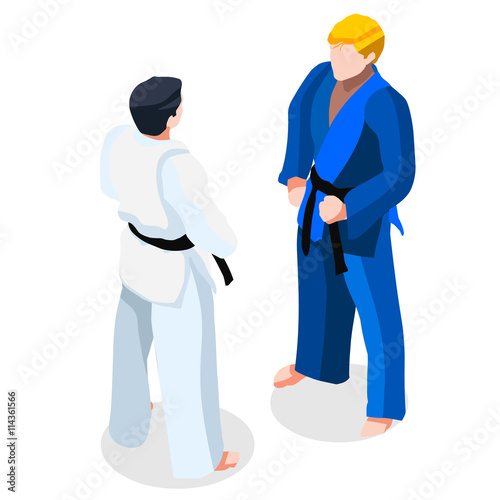The Growth And Historic Context Of Martial Arts Worldwide
The Growth And Historic Context Of Martial Arts Worldwide
Blog Article
Developed By-Winkler Ebsen
Martial arts have a fascinating history that extends centuries and continents. You might find it fascinating how ancient techniques like Shuai Jiao and Kalaripayattu laid the groundwork for contemporary battle methods. These techniques not only stress physical abilities however likewise mirror the societies that birthed them. As you discover their development, think about how globalization has changed these standard types into hybrid styles. What influences do you think have formed today's martial arts landscape?
Ancient Martial arts: The Structures of Battle
As you explore the globe of ancient martial arts, you'll find the rich structures that shaped combat techniques across cultures. Very early practices focused on Self-Defense and survival, commonly integrating strikes, hurting, and weapons.
In old China, for example, strategies like Shuai Jiao highlighted tosses and joint locks, while India's Kalaripayattu showcased dexterity and liquid movement. Japanese samurai created Kenjutsu, a refined swordsmanship that highlighted self-control and technique.
These martial arts served not just for fight but likewise as a means of individual growth, instilling values like regard and willpower. The blending of these techniques in time laid the groundwork for the varied martial arts you see today, each showing the one-of-a-kind ideologies and needs of its society.
The Cultural Influence on Martial Arts Growth
While martial arts commonly mirror the useful requirements of a society, they also personify the social worths and ideas of their origins. When you discover different martial arts, you'll notice just how they're affected by faith, viewpoint, and social norms.
For instance, the focus on regard and technique in Japanese martial arts originates from Zen Buddhism and samurai culture. In https://www.pahomepage.com/pa-live/sponsored-content/premier-martial-arts-packs-a-punch-on-pa-live/ , Brazilian Jiu-Jitsu advertises adaptability and technique, formed by the need for efficiency in a diverse, multicultural environment.
You may find that the routines, attires, and training methods show a neighborhood's history and identity. By understanding these cultural influences, you grow your recognition of martial arts and their function in shaping human experiences across the globe.
Modern Adaptations and the Globalization of Martial arts
Martial arts have changed considerably in current years, adjusting to modern culture and international impacts. You'll discover that conventional kinds have combined with contemporary strategies, producing hybrid styles like mixed martial arts. These adjustments satisfy diverse audiences, making martial arts easily accessible and attractive around the world.
With the surge of social networks and electronic systems, you can locate tutorials and competitions from all edges of the world, damaging geographical barriers. This globalization has led to a shared admiration for various self-controls, from Brazilian Jiu-Jitsu to Taekwondo.
As you involve with these arts, you'll understand they're not nearly fight; they promote physical fitness, self-control, and mental wellness.
Inevitably, contemporary adaptations have enriched the martial arts landscape, making it a dynamic and evolving technique.
Conclusion
In checking out the history and development of martial arts, you reveal a remarkable blend of techniques, societies, and ideologies. From karate classes price near me like Shuai Jiao and Kalaripayattu to the modern-day versatility seen in mixed martial arts, martial arts reflect humankind's pursuit for Self-Defense and individual growth. As you engage with these methods, you not only get skills yet likewise a much deeper recognition for the diverse practices that shape our world today. So, proceed your journey and welcome the art of battle!
